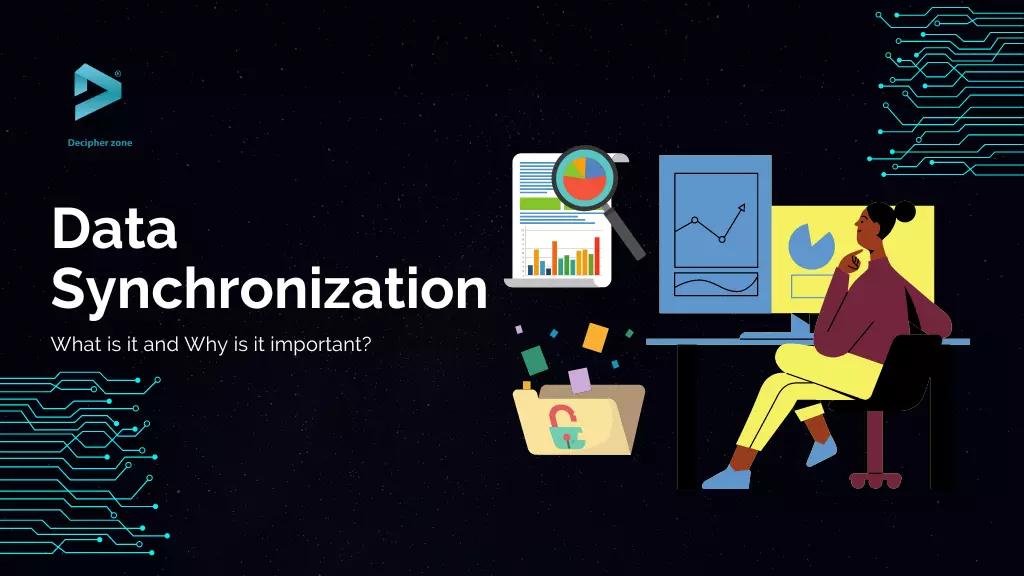Syncing is one of the fundamental processes that you need to know when working with databases. It's also called data synchronization and ensures that multiple databases are in sync.
The primary purpose of this process is to ensure that every data on both databases is updated together or simultaneously.
What Is Data Synchronization?
Data synchronization is the process of taking the information stored in one database and copying it across to another database. It allows you to change or add information without making any changes to the original database.
Read: What Are The Best Database Models For Your Business
When you use data synchronization, you can access your data from anywhere. You can skip the long process of creating a new database and copying all of your current information from one location, which can take days or weeks, depending on how much data you have at each location.
Why Is Data Synchronization Necessary?
Data synchronization is a critical function of any application that uses real-time data feeds. In the context of enterprise applications, it refers to keeping your users' data updated with the latest changes in your data source. You need to do this to avoid losing valuable information or getting users frustrated with outdated information.
Read: Types of Custom App Development
You should perform data synchronization in your application for many reasons.
-
First and foremost, it helps keep your site running smoothly by ensuring all users have access to reliable information.
-
Second, it helps prevent user frustration by ensuring that their data is always secured.
-
And third, it can improve an application's performance by reducing load times for users who don't need to see updated content immediately (i.e., those who are reading articles or looking at images).
How Does Data Synchronization Work?
Synchronization is taking a file in one place and making it available to people who need it in another. For example, when you synchronize data with software and other online databases to allow other users to edit and share their changes with others. It is how data synchronization works.
Read: What is Custom Software Development
Synchronization works by copying data from one place (the source) to another (the target). For this to happen, there are three critical pieces of information needed:
-
The source must have a copy of the data you want to synchronize. It can be anything from a physical hard drive or server to an online database.
-
The source must control which version of the data will be copied. It means that if two people are working on different parts of the same document simultaneously, they must agree on which version they will be working on before syncing data.
-
The target must have access to the correct location on its computer where it should store copies of synced files. If you're using Dropbox or Google Drive as part of your sync process, you can use your own computer's local storage and cloud storage like Dropbox or Google Drive.
How to Do Data Synchronization?
Data synchronization is getting your data and applications to talk to each other. It's a critical step in any project, but especially important when working with a remote team or people spread across the globe.
Data synchronization takes two primary forms: synchronizing new data into your app and synchronizing changes to existing data. You should first focus on syncing new data when starting a new project. That way, you can see what the final product will look like before you start making significant changes.
Read: 5 Dangerous Database Mistakes to Avoid
Once you have your initial sync in place, it's time to focus on updating old data. You don't have any reason not to do this—it's easy.
But if it's something that would require a ton of work (like changing all of your users' passwords), it is recommended to wait until after the initial sync so that there are fewer moving parts and more straightforward bug fixes if something goes wrong during the update process.
Final Thoughts
Data synchronization between multiple devices is becoming increasingly important, given how much of our information we've migrated online. Cloud storage with synchronization capabilities can help manage this information to make it as useful as possible across all your digital devices.
As mobile browsing continues to rise and smartphones are used for more e-commerce tasks, you'll need data synchronization capabilities—or else you won't have access to your data.

